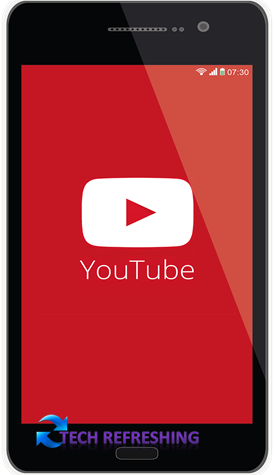YouTube’s New Policy Allows More Creators to Earn Money and Access Monetization Features
YouTube has announced a significant update to its platform, aiming to empower smaller creators by expanding monetization opportunities and introducing lower eligibility requirements. The company is set to roll out these changes, including paid chat, tipping, channel memberships, and shopping features, which will allow creators with smaller followings to monetize their presence on the platform.
Lower Eligibility Requirements Open Doors for Smaller Creators
Under the new policy, YouTube is lowering the threshold for joining the YouTube Partner Program (YPP), the program that enables creators to monetize their content. Previously, creators needed to reach 1,000 subscribers, but now they can join the program once they have 500 subscribers. This reduction in requirements allows a larger pool of creators to participate in monetization and benefit from the features offered by the YPP.
In addition to the subscriber count, YouTube has also revised the watch time and Shorts views requirements. Creators will now need to accumulate 3,000 valid watch hours instead of the previous 4,000, or achieve 3 million Shorts views as opposed to the initial 10 million. These adjustments are designed to provide a more accessible path to monetization for creators with smaller audiences.
The initial implementation of the reduced eligibility requirements will take place in a few chosen countries, namely the United States, United Kingdom, Canada, Taiwan, and South Korea. This strategic rollout is intended to assess the effects of the new policy and gather valuable feedback from creators before extending it worldwide.
Expanding Monetization Streams for Smaller Creators
While smaller creators will have the opportunity to monetize their content through the YPP, YouTube emphasizes that growing their audience and engagement will be crucial for cashing in on ad revenue. The existing YPP requirements for revenue sharing will remain unchanged. However, once creators meet these higher thresholds, they will not need to reapply to the program.
YouTube has been actively encouraging creators to generate revenue by introducing various ad revenue sharing programs. Notably, the company has recently focused on boosting short-form content through specific monetization opportunities for Shorts. These initiatives aim to attract creators and provide them with incentives to produce engaging content.
The decision by YouTube to increase monetization opportunities for smaller creators continues a trend started by other platforms like TikTok. With the launch of its Series video paywall feature, TikTok now offers premium content sharing for a price to creators with more than 10,000 followers. Additionally, TikTok opened the programme to creators who match the standards and have 1,000 followers. This action exemplifies the industry’s transition towards enabling producers to more broadly monetise their fan bases.
Diversifying Monetization Streams and Access to Affiliate Program
Furthermore, YouTube is expanding the array of choices for creators beyond the aforementioned monetization features. The shopping affiliate program, which was previously limited to invitation-only, is now accessible to participants of the YouTube Partner Program (YPP) in the United States who have a minimum of 20,000 subscribers. This expansion presents an opportunity for creators to earn commissions by endorsing products and stimulating sales on the platform.
YouTube and other platforms are making it possible for smaller producers to make money directly from their fans and following by introducing features like tipping, paywalls, and affiliate programmes. Creators now have additional chances to grow their audiences and efficiently monetize their material because to the increasing prevalence of these monetization strategies across creative platforms.
In conclusion, YouTube’s move to expand monetization opportunities and reduce eligibility requirements for smaller creators represents a significant stride towards cultivating a more inclusive and supportive environment within the platform. By introducing features such as paid chat, tipping, channel memberships, and shopping affiliations, YouTube is empowering creators to monetize their presence and engage with their fans in fresh and innovative manners. These adjustments align with the industry’s current tendency of enabling creators to directly earn revenue from their dedicated audience, enabling them to transform their passion into a viable career. Through these updates, YouTube is reinforcing its dedication to nurturing a diverse and flourishing creator community, while establishing a platform where creators of all sizes can thrive.


